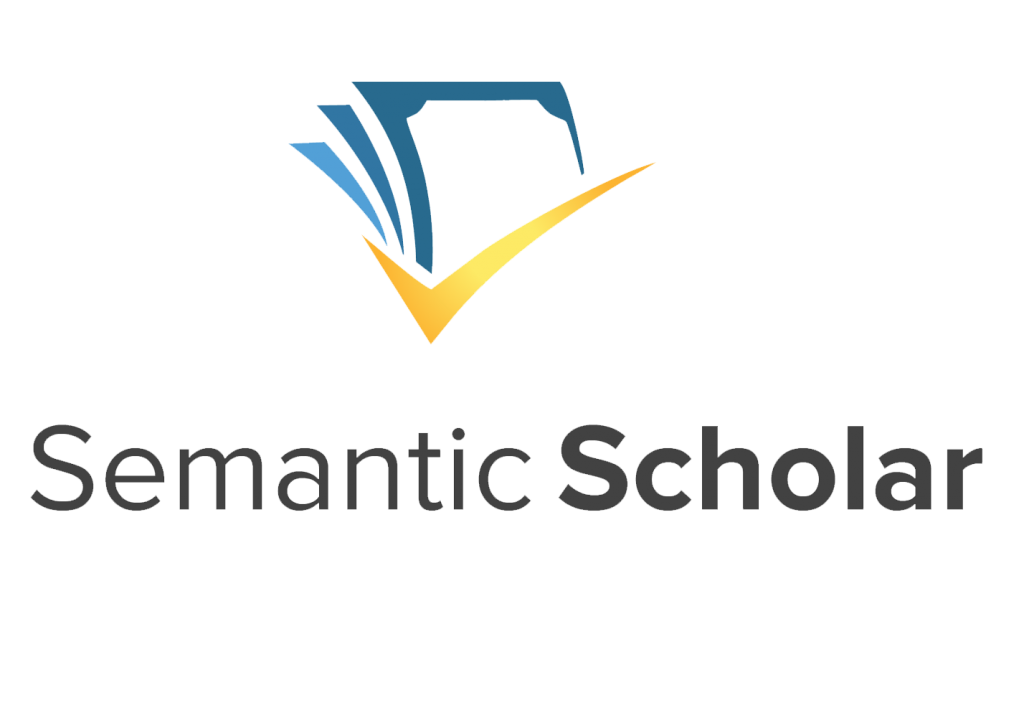COMPARISON OF SETAR AND LSTAR MODELS IN PREDICTING REGULAR CONVENTIONAL GASOLINE PRICE DATA
DOI:
https://doi.org/10.61778/ijmrast.v3i6.139Keywords:
Time Series, Forecasting, SETAR, LSTAR, Gasoline Prices, Nonlinear ModelsAbstract
Forecasting involves predicting what may happen in the future. An essential part of this process is examining time series data, especially when it shows nonlinear characteristics. This study concentrates on predicting the prices of standard regular gasoline in the United States, which consists of a time series affected by numerous economic and seasonal elements. It utilizes two nonlinear time series models: Self-Exciting Threshold Autoregressive (SETAR) and Logistic Smooth Transition Autoregressive (LSTAR). SETAR segments the data into distinct regimes based on a threshold variable, whereas LSTAR allows more gradual changes between regimes through a logistic function. Past research has indicated that both models effectively capture structural shifts in financial and economic time series. By assessing the forecasting performance of the SETAR and LSTAR models, this research seeks to identify which model better forecasts gasoline price fluctuations that demonstrate nonlinear behavior. The findings are anticipated to enhance understanding of energy market trends and aid in making better economic choices.
Downloads
Published
Issue
Section
License
Copyright (c) 2025 International Journal of Multidisciplinary Research in Arts, Science and Technology

This work is licensed under a Creative Commons Attribution-NonCommercial 4.0 International License.












